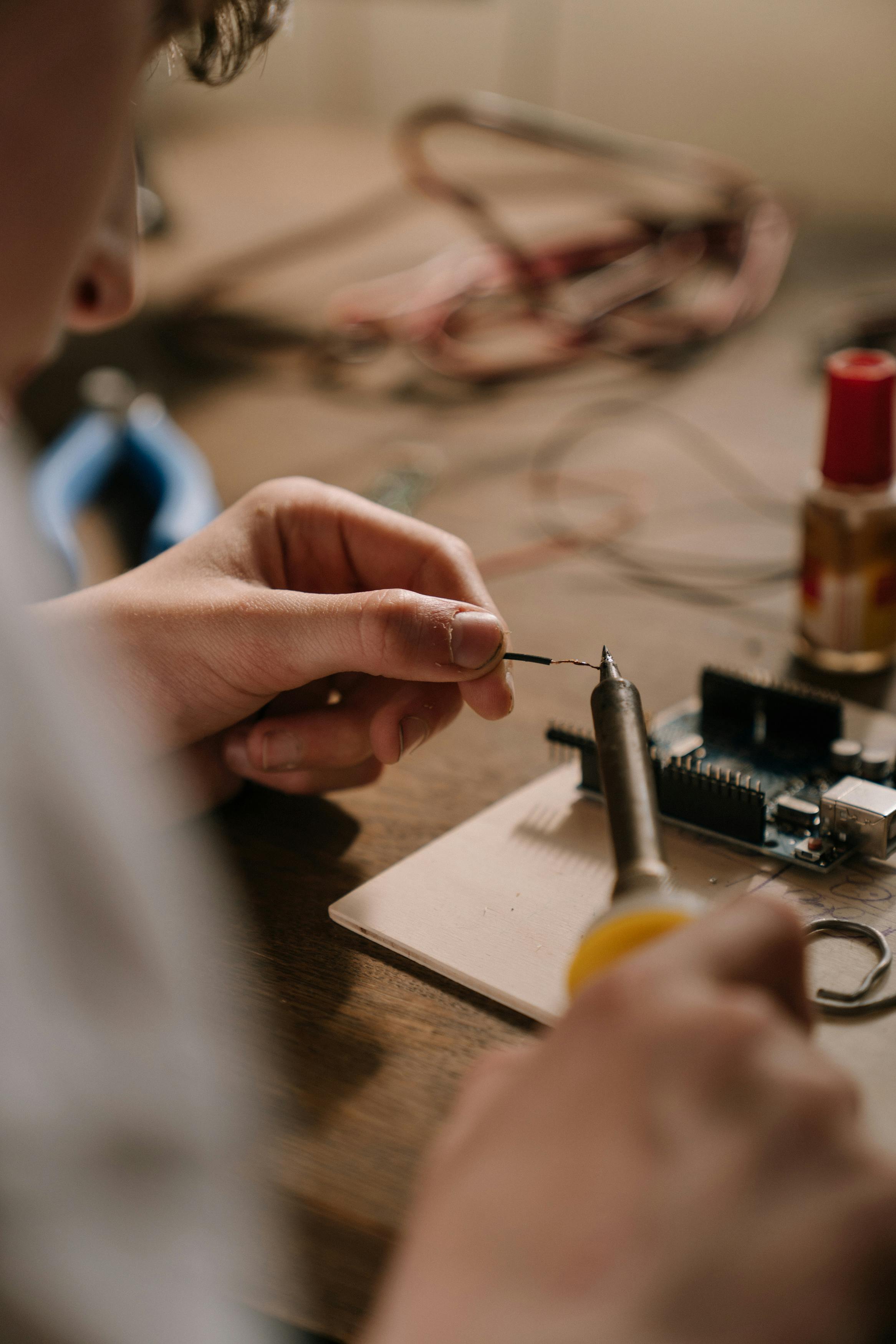
Effective Ways to Care for Your Venus Fly Trap in 2025
The Venus Fly Trap is one of nature's most fascinating creations, captivating both plant enthusiasts and casual gardeners alike. As a popular choice among those looking to add unique greenery to their homes, understanding how to properly care for these carnivorous plants is essential. Proper Venus Fly Trap care ensures not only the plant's health but also enhances its natural ability to attract and digest insects. In our guide, we will cover effective strategies including watering, sunlight requirements, soil choices, humidity levels, and feeding practices that cater to both indoor and outdoor Venus Fly Trap care. We'll also explore the common issues gardeners face and provide insights on how to grow these plants from seeds.
By adhering to the care instructions laid out in this article, you can nurture your Venus Fly Trap successfully. Whether this is your first carnivorous plant or you're looking to expand your collection, the proactive steps you take will lead to robust growth and a long lifespan for your plants. Let's dive into the essential practices for maintaining a healthy Venus Fly Trap and make your gardening experience rewarding!
The Essential Guide to Venus Fly Trap Care
Watering Your Venus Fly Trap: Techniques and Frequency
Watering Venus Fly Traps requires a special approach, primarily using distilled or rainwater to avoid harmful minerals commonly found in tap water. Your watering technique should focus on maintaining consistent moisture without over-saturating the soil. The frequency of watering may change based on environmental conditions; generally, Venus Fly Traps thrive best in soil that is damp but not overly soggy.
It's important to check the top inch of soil regularly. If it feels dry, it’s time to water again. During the growing season (spring and summer), you may find that you need to water more often, perhaps even daily in warmer conditions. In contrast, during dormancy in the winter, cut back on watering significantly, allowing the plant to dry out slightly between waterings.
Using a tray for your Venus Fly Trap can enhance watering efficiency. By filling the tray with distilled water, the soil can absorb moisture from the bottom, mimicking the plant's natural habitat. A balanced approach to watering will help ensure your fly trap remains healthy and vibrant.
Optimal Sunlight Requirements for Venus Fly Traps
Sunlight requirements for Venus Fly Traps are crucial for their growth and overall health. These plants thrive in bright, direct sunlight—ideally receiving around 12 hours of light daily. If you're growing your plants indoors, placing them near a south-facing window is ideal. For outdoor plants, ensure they are in an area with plenty of sun, as inadequate light can lead to poor trapping and weak growth.
During the summer months, it's essential to monitor the intensity of sunlight as extreme heat can stress the plants. A little shade in the hottest afternoon hours can help protect your Venus Fly Trap from sunburn. In regions with less sunlight, consider using grow lights designed for plant growth to supplement their sun exposure, maintaining the ideal light conditions year-round.
Choosing the Best Soil for Your Venus Fly Trap
The best soil for Venus Fly Traps typically consists of a mixture that promotes drainage while retaining some moisture. A recommended composition is one part sphagnum moss, one part perlite, and one part orchid bark. This blend ensures that the soil is airy enough for the roots to breathe while allowing sufficient moisture retention without becoming waterlogged.
A crucial point in soil selection is to avoid using standard gardening soil, which can contain fertilizers and other additives that are harmful to Venus Fly Traps. If you're unsure of your soil's quality, consider purchasing specialized potting mixes formulated for carnivorous plants from your local nursery or online. Ensuring your Venus Fly Trap is in well-draining soil is key to avoiding root rot and another common problem associated with overwatering.
The Role of Humidity in Venus Fly Trap Care
Humidity for Venus Fly Traps is another pivotal factor affecting their health. These plants generally prefer a humid environment, ideally between 50-70% humidity. If you're raising your Venus Fly Trap indoors, creating a humidity-controlled environment can significantly enhance its growth.
To boost indoor humidity levels, consider using a humidity tray filled with water and pebbles beneath the plant pot, or group your plants together to create a microclimate. Another option is to utilize a humidifier, especially during dry winter months. Regularly monitoring humidity levels ensures your Venus Fly Trap stays hydrated and forms a healthy habitat for thriving growth.
Caring for Your Venus Fly Trap: Feeding and Fertilizing
Feeding Your Venus Fly Trap: How Often and What to Feed
Feeding Venus Fly Traps is integral to their health, as they derive nutrients from the insects they capture. In their natural habitat, these plants attract flies, ants, and other insects. However, if growing indoors or in a non-insect abundant environment, you'll need to feed them regularly. The general guideline is to feed each trap no more than once every two weeks. For indoor plants, consider using small insects like fruit flies or pre-packaged insects from pet stores.
When feeding, place the insect directly in the open trap and ensure not to disturb the trap too much; it will close and begin digesting the insect over a few days. It’s important to note that Venus Fly Traps will not starve if they do not receive regular feeding, especially during their dormant winter months. Be careful not to overfeed, as it can lead to health issues like trap deformation or rot.
The Importance of Fertilizing Your Venus Fly Trap
Proper fertilization is essential for enhancing Venus Fly Trap growth, particularly when they are potted and grown indoors or in containers. Use a diluted fertilizer formulated for carnivorous plants during the growing season—spring and summer—every four to six weeks. Fertilization promotes robust growth and flowering and supports the plant's health overall.
When applying fertilizer, be cautious of the amount—using a very light solution is safer than a heavy mix, as excess nutrients can damage the plant. If your Venus Fly Trap exhibits signs of stress or poor health, you may need to adjust your fertilization schedule and monitor feeding practices to ensure you're not overwhelming the plant.
Common Problems and Troubleshooting Your Venus Fly Trap
Common problems with Venus Fly Traps can arise from environmental stress, poor care practices, or pests. Signs of a healthy Venus Fly Trap include vibrant color, robust traps, and active leaf growth. If you encounter issues like blackening traps or stunted growth, closely review your care routine, particularly watering and sunlight exposure.
One frequent pest that may invade your Venus Fly Trap is aphids, which can be treated with insecticidal soap or neem oil. Additionally, watch for diseases that can arise from care errors, like root rot from overwatering. Always use sterilized and proper soil to prevent disease and maintain healthy growth conditions.

Propagation and Seasonal Care for Your Venus Fly Trap
Propagating Your Venus Fly Trap: Techniques and Best Practices
How to propagate Venus Fly Trap can be an exciting venture for plant enthusiasts. The two primary methods are through division and seed propagation. Division involves separating the offshoots from a mature plant, allowing both sections to grow independently. It's vital to ensure that each divided part has a healthy root system before replanting them in fresh, suitable soil.
Additionally, growing Venus Fly Trap from seeds is another option. This process requires collecting seeds from mature plants after flowering and planting them in a proper substrate. Note that seeds can take several weeks to germinate, and the young plants need gentle care until they are strong enough to thrive independently.
Winter Care: Preparing Your Venus Fly Trap for Dormancy
Winter care for Venus Fly Traps is crucial for their survival as these plants naturally enter a dormant phase during colder months. During dormancy, reduce watering and allow the plant to stay slightly dry. Providing a cool environment is also beneficial, as temperatures around 40-50°F support dormancy.
While they may appear lifeless, it’s essential to maintain some humidity in the environment. A terrarium can serve as an excellent containment area during winter dormancy; just be mindful to ventilate it periodically. As spring approaches, gradually increase watering and introduce warmth and light, heralding the plant's awakening.
Common Questions About Venus Fly Trap Care
Q: How often should I feed my Venus Fly Trap?
A: Generally, feed your Venus Fly Trap no more than once every two weeks, using appropriate insects.
Q: Can I use tap water for my Venus Fly Trap?
A: No, it’s best to avoid tap water due to damaging minerals. Stick to distilled or rainwater.
Q: How do I know if my Venus Fly Trap is healthy?
A: Look for vibrant color, a good number of traps, and consistent leaf growth as indicators of health.
Q: What are typical pests that affect Venus Fly Traps?
A: Common pests include aphids and spider mites. Inspection and proper pest control methods are important.
Q: Where is the best location for my indoor Venus Fly Trap?
A: Place it near a south-facing window or under grow lights to ensure it receives adequate sunlight.
